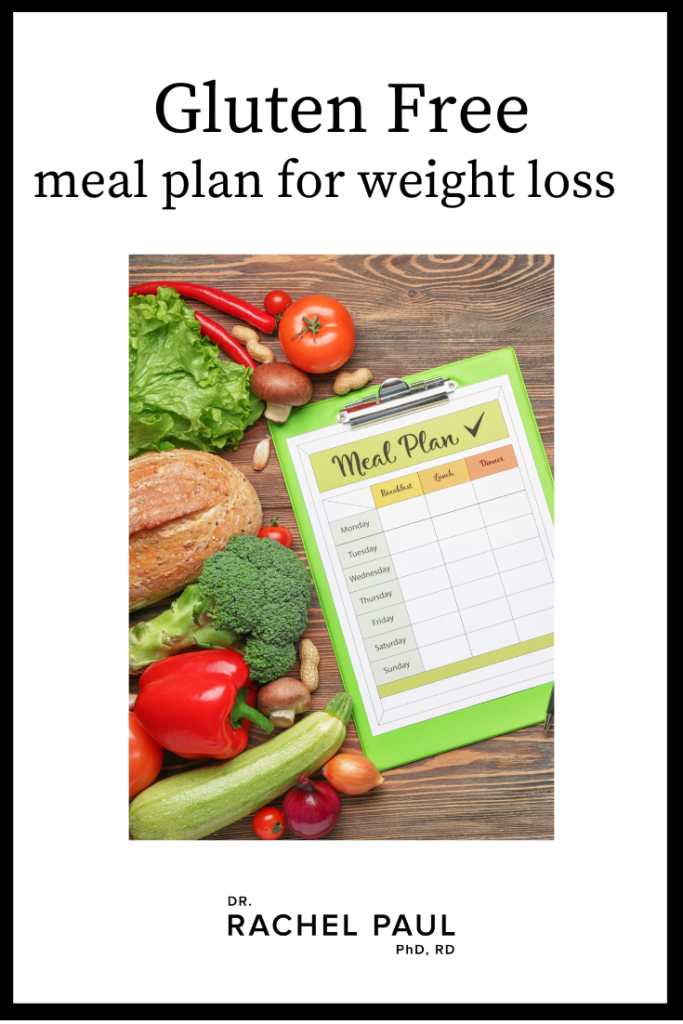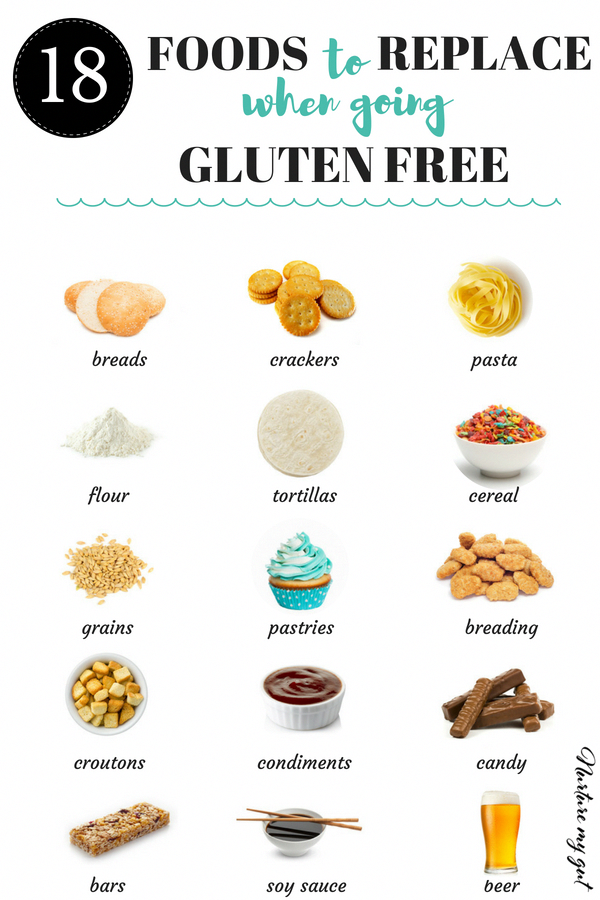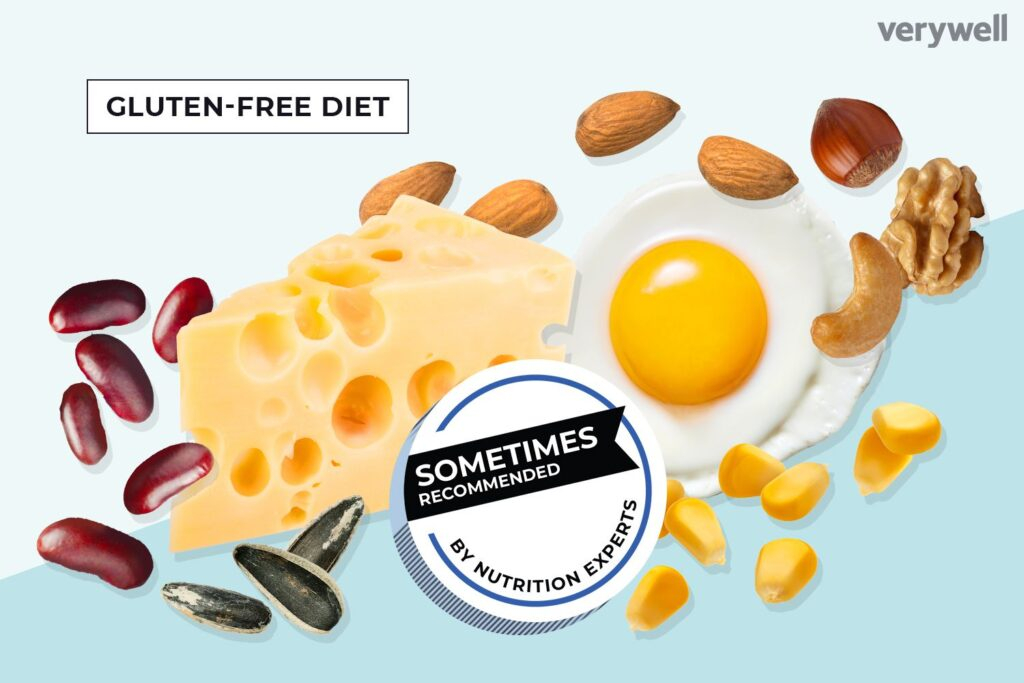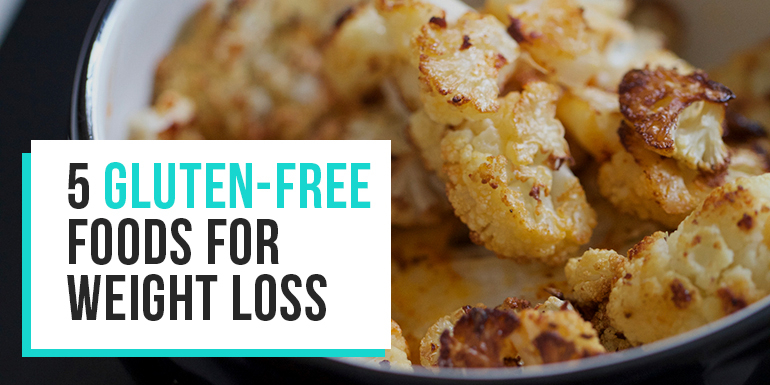What Are Some Gluten-free Weight Loss Options?
Looking to shed some pounds while following a gluten-free diet? Look no further! This article explores various gluten-free weight loss options that can help you achieve your goals in a healthy and sustainable way. Whether you’re new to the gluten-free lifestyle or have been following it for years, these options offer a range of delicious and nutritious choices that will keep you satisfied and on track with your weight loss journey. So, let’s get started and discover a world of gluten-free possibilities for a healthier you!
Planning a Gluten-Free Weight Loss Diet
When embarking on a gluten-free weight loss diet, it’s important to have a comprehensive plan. Understanding the gluten-free diet, setting realistic weight loss goals, consulting a registered dietitian, and creating a meal plan are all crucial steps to ensure success.
Understanding the Gluten-Free Diet
A gluten-free diet involves avoiding foods that contain gluten, a protein found in wheat, barley, rye, and some oats. It is essential for individuals with gluten intolerance or celiac disease to eliminate gluten from their diet to prevent digestive issues and other health complications. However, choosing gluten-free foods can also be beneficial for weight loss, as it often involves consuming whole, unprocessed foods.
Setting Realistic Weight Loss Goals
Before starting any weight loss journey, it’s important to set realistic goals. Losing 1-2 pounds per week is generally considered a healthy rate of weight loss. Keep in mind that weight loss is a gradual process and sustainable changes are key. Focusing on overall health and well-being rather than solely on the number on the scale is also important for long-term success.
Consulting a Registered Dietitian
Working with a registered dietitian can be immensely helpful when planning a gluten-free weight loss diet. They can provide personalized guidance, meal planning suggestions, and address any nutritional concerns or deficiencies. A dietitian can also help navigate the complexities of a gluten-free diet, ensuring that all essential nutrients are included in the meal plan.
Creating a Meal Plan
Creating a meal plan is an effective way to stay on track with a gluten-free weight loss diet. Start by including a variety of whole grains, fruits, vegetables, lean proteins, healthy fats, legumes, and pulses. Incorporate these foods into well-balanced meals that include proper portion sizes. A meal plan can help prevent impulsive food choices and ensure that all necessary nutrients are being consumed.
Gluten-Free Foods for Weight Loss
Choosing the right gluten-free foods is essential for a successful weight loss journey. Here are some healthy options to include in your diet:
Whole Grains
When it comes to grains, opt for naturally gluten-free options such as quinoa, brown rice, buckwheat, and gluten-free oats. These whole grains provide important nutrients, fiber, and are generally lower in calories than their gluten-containing counterparts.
Fruits and Vegetables
Filling your plate with a variety of colorful fruits and vegetables is key to any healthy diet. They are low in calories, high in fiber, and packed with essential vitamins and minerals. Aim to include a variety of fruits and vegetables in your meals to ensure a well-rounded diet.
Lean Proteins
Choose lean sources of protein such as skinless poultry, fish, tofu, and legumes. These foods are not only gluten-free but also provide essential amino acids for maintaining muscle mass and promoting weight loss.
Healthy Fats
Incorporate healthy fats into your gluten-free weight loss diet by including foods like avocados, nuts, seeds, and olive oil. These fats provide satiety and contribute to overall health.
Legumes and Pulses
Legumes and pulses are a great source of plant-based protein, fiber, and essential nutrients. Include foods such as lentils, chickpeas, and black beans in your diet to add variety and promote weight loss.

Meal Replacement Options
Meal replacement options can be a convenient and effective strategy for weight loss. Here are some gluten-free options to consider:
Gluten-Free Protein Shakes
Protein shakes can serve as a quick and nutritious meal replacement option. Look for gluten-free protein powders or pre-made shakes to ensure they align with your dietary needs. These shakes can provide a balanced blend of protein, carbohydrates, and healthy fats.
Meal Replacement Bars
Gluten-free meal replacement bars are another convenient option for those on the go. Look for bars that offer a balance of macronutrients and come from whole food sources. Check the label to ensure they are certified gluten-free.
Smoothies
Smoothies can be customized to fit your dietary needs and preferences. Use gluten-free ingredients such as fruits, vegetables, dairy or non-dairy milk, and protein powder. Ensure that any other additives or toppings are also gluten-free.
Soup
Homemade gluten-free soups can be a satisfying and nutritious meal replacement option. Use a variety of gluten-free vegetables, lean proteins, and gluten-free grains or legumes. Be mindful of store-bought soups, as they may contain hidden sources of gluten.
Pre-Packaged Gluten-Free Meals
While it’s best to focus on incorporating fresh, whole foods into your diet, pre-packaged gluten-free meals can provide a convenient and portion-controlled option. Look for meals that are low in added sugars, sodium, and unhealthy fats.
Gluten-Free Snack Ideas
Snacking can be a part of a healthy weight loss diet, as long as the snacks are chosen wisely. Here are some gluten-free snack ideas to consider:
Nuts and Seeds
A handful of nuts or seeds makes for a satisfying and nutritious snack. Almonds, walnuts, chia seeds, and flaxseeds are all excellent choices. Be mindful of portion sizes, as nuts and seeds are calorie-dense.
Greek Yogurt
Greek yogurt is a protein-rich snack that can help keep you feeling full and satisfied. Opt for plain, unsweetened varieties and add your own gluten-free toppings such as fresh fruits or a drizzle of honey.
Vegetable Sticks with Hummus
Sliced vegetables such as carrots, cucumbers, and bell peppers paired with gluten-free hummus make for a healthy and crunchy snack. This combination provides fiber, vitamins, and minerals while keeping calorie intake in check.
Rice Cakes with Nut Butter
Gluten-free rice cakes topped with nut butter provide a satisfying combination of carbohydrates, protein, and healthy fats. Opt for natural nut butter without added sugars or hydrogenated oils.
Gluten-Free Granola or Trail Mix
Make your own gluten-free granola or trail mix using a variety of nuts, seeds, dried fruits, and gluten-free grains. This portable and tasty snack can be enjoyed on its own or added to yogurt or smoothies.

Gluten-Free Cooking and Baking
Cooking and baking gluten-free can be a fun and rewarding experience. Here are some tips to help you navigate the kitchen:
Substituting Gluten in Recipes
When adapting recipes to be gluten-free, it’s important to choose suitable substitutes for wheat flour. Options include gluten-free flours such as almond flour, coconut flour, or a gluten-free flour blend. Experiment with different combinations to achieve the desired texture and taste.
Exploring Alternative Flours
In addition to gluten-free flours, there are several alternative flours available that add unique flavors and textures to dishes. Examples include chickpea flour, buckwheat flour, and quinoa flour. These flours can be used in both savory and sweet recipes.
Baking with Gluten-Free Ingredients
When baking gluten-free, it’s crucial to use gluten-free baking powder, baking soda, and other leavening agents to ensure proper rise and texture. Additionally, incorporate gluten-free binders such as xanthan gum or psyllium husk to mimic the elasticity of gluten.
Using Natural Binders in Cooking
To bind ingredients in gluten-free dishes, consider using natural binders such as eggs, mashed bananas, applesauce, or chia seeds. These options can contribute to the desired texture and moisture in your recipes.
Importance of Portion Control
Regardless of the diet followed, portion control plays a key role in weight loss. Here are some strategies to help you maintain proper portion sizes:
Understanding Serving Sizes
Familiarize yourself with serving sizes by using food scales or measuring cups to accurately portion out your meals. Pay attention to recommended serving sizes listed on food labels and adjust accordingly.
Using Measuring Cups or Scales
Using measuring cups or scales is an effective way to control portion sizes. This method ensures that you are not consuming more calories than intended and allows for better tracking of nutritional content.
Practicing Mindful Eating
Mindful eating involves being fully present and paying attention to your body’s hunger and fullness cues. Slow down while eating, savor each bite, and listen to your body. This practice can help prevent overeating and promote healthier eating habits.
Using Smaller Plates and Bowls
Using smaller plates and bowls can create an optical illusion, making your portions seem larger than they actually are. This can help control portion sizes and prevent overeating.

Incorporating Physical Activity
Along with a gluten-free weight loss diet, regular physical activity is essential for overall health and weight management. Here are some tips for incorporating physical activity into your routine:
Finding an Exercise Routine
Explore different types of exercises to find activities that you enjoy and are more likely to stick with. This can include activities such as walking, jogging, cycling, swimming, or dancing. Aim for at least 150 minutes of moderate-intensity aerobic activity or 75 minutes of vigorous activity per week.
Cardiovascular Activities
Cardiovascular activities like brisk walking, running, or cycling increase heart rate and help burn calories. These activities are effective for weight loss and improving cardiovascular health.
Strength Training
Incorporating strength training exercises into your routine can help build lean muscle mass, which in turn boosts metabolism. Strength training can include bodyweight exercises, resistance bands, or lifting weights.
Yoga or Pilates
Yoga and Pilates are great options for improving flexibility, strength, and balance. These low-impact activities can be beneficial for weight loss by reducing stress and promoting mindfulness.
Outdoor Activities
Take advantage of the outdoors by engaging in activities such as hiking, swimming, or playing sports. Outdoor activities not only provide physical health benefits but also offer mental and emotional well-being.
Gluten-Free Supplements for Weight Loss
Supplements can be a helpful addition to a gluten-free weight loss diet. Here are some supplements to consider:
Probiotics
Probiotics support a healthy gut microbiome, which plays a crucial role in digestion and nutrient absorption. Look for gluten-free probiotic supplements to enhance digestive health and potentially aid in weight loss.
Digestive Enzymes
Digestive enzyme supplements can assist in breaking down food and optimizing nutrient absorption. Gluten-free digestive enzyme supplements can be especially helpful for individuals with gluten sensitivity or celiac disease.
Vitamin and Mineral Supplements
A well-rounded gluten-free weight loss diet should provide all necessary vitamins and minerals. However, if you have any deficiencies or dietary restrictions, consider taking gluten-free vitamin and mineral supplements. Consult a healthcare professional for personalized recommendations.
Omega-3 Fatty Acids
Omega-3 fatty acids are beneficial for overall health, including heart health and inflammation reduction. Choose gluten-free fish oil or plant-based omega-3 supplements to incorporate these essential fatty acids into your diet.
Green Tea Extract
Green tea extract contains compounds that may boost metabolism and promote fat burning. Look for gluten-free green tea extract supplements as a potential aid for weight loss. Remember to check with your healthcare provider before starting any new supplement.

Avoiding Hidden Gluten in Weight Loss Products
When choosing weight loss products, it’s important to be aware of hidden sources of gluten. Here are some tips to avoid gluten in weight loss products:
Reading Labels Carefully
Carefully read product labels for any potential sources of gluten. Look for terms such as wheat, barley, rye, and oats that are not specifically labeled as gluten-free. When in doubt, contact the manufacturer for clarification.
Identifying Gluten-Free Certification
Look for products that have been certified gluten-free by trusted certification organizations. These certifications ensure that the product has undergone strict testing and meets the necessary standards for gluten-free products.
Cross-Contamination Concerns
Be cautious of cross-contamination, especially in facilities or kitchens that handle both gluten-containing and gluten-free products. Check for certifications or look for products that have been tested for gluten content.
Gluten-Free Certification Organizations
There are several well-known certification organizations that provide gluten-free certifications. Look for logos or labels from organizations such as the Gluten-Free Certification Program (GFCP), the Gluten-Free Certification Organization (GFCO), or the National Celiac Association (NCA).
Seeking Professional Guidance
While there is a wealth of information available, seeking professional guidance is essential for a successful gluten-free weight loss journey. Here are some ways to get professional support:
Consulting a Healthcare Provider
Before starting any weight loss program, it’s important to consult a healthcare provider, especially if you have underlying health conditions or concerns. They can provide personalized advice, monitor your progress, and ensure that your weight loss efforts align with your overall health goals.
Getting Support from a Support Group
Joining a support group of individuals with similar dietary needs and weight loss goals can provide valuable encouragement and motivation. These groups can offer emotional support, recipe ideas, and tips for success.
Joining Online Communities
Online communities and forums focused on gluten-free weight loss can be a great resource for information, support, and discussions. Connect with others who have similar experiences and learn from their journeys.
Tracking Progress with a Dietitian
Regularly tracking your progress with a dietitian can help you stay accountable and make necessary adjustments to your gluten-free weight loss plan. They can provide ongoing support, monitor your nutritional needs, and help you overcome any obstacles you encounter.
In conclusion, planning a gluten-free weight loss diet requires understanding the gluten-free diet, setting realistic goals, consulting professionals, creating a meal plan, choosing the right foods, incorporating physical activity, utilizing supplements wisely, being mindful of hidden sources of gluten, and seeking professional guidance. With a well-rounded approach and a positive mindset, you can successfully achieve your weight loss goals while following a gluten-free lifestyle. Remember, the key to success is creating sustainable habits that contribute to overall health and well-being.


